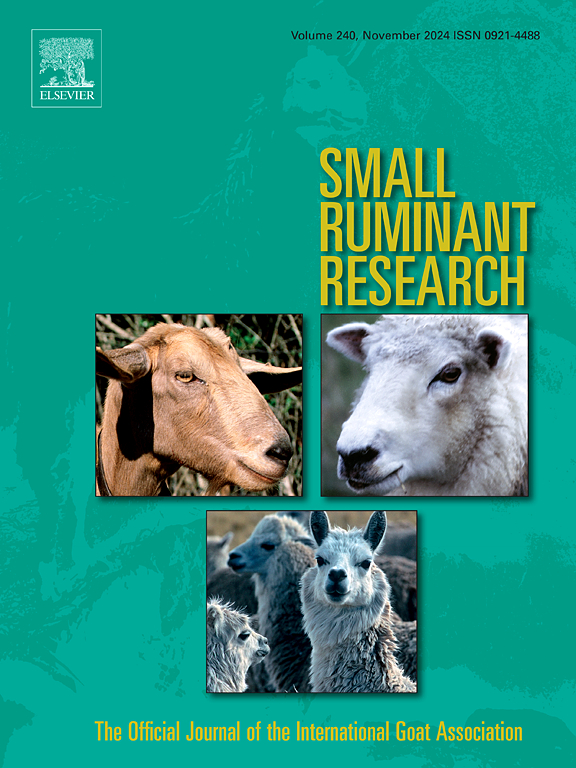Global camel milk industry: A comprehensive overview of production, consumption trends, market evolution, and value chain efficiency
IF 1.4
3区 农林科学
Q2 AGRICULTURE, DAIRY & ANIMAL SCIENCE
引用次数: 0
Abstract
The global camel population is steadily increasing, with a notable increase in the proportion of camels specifically raised for milk production. This rise is mainly attributed to the surge in demand for camel milk, driven by its distinctive nutritional benefits and recognized health effects. However, studying the global dairy camel sector can provide valuable insights into the development of successful and modernized camel dairy industries, highlighting key strategies for scaling production, improving quality standards, and expanding market reach. This review aims to provide a comprehensive overview of the global evolution of the dairy camel sector. It begins with an analysis of current production levels, consumption patterns, and a detailed examination of camel milk markets and value chain dynamics. Additionally, the camel milk industry faces currently critical barriers related to food hygiene, and limited government support, which hinder quality control and market growth. To address these challenges, a number of potential solutions were proposed such as the implementation of solar-powered cold chains, the necessity for effective training in hygiene and food safety for producers, and the need for investment in infrastructure and climate resilience in order to guarantee the long-term sustainability of the camel milk sector. Hence, this review is supposed to fill the current scarcity of information regarding the status and ongoing developments in the camel milk market, with a particular emphasis on the constraints limiting its growth. By addressing this gap, it seeks to serve as valuable groundwork for producers, industry stakeholders, policymakers, and researchers, thus fostering the development of the camel milk sector.
全球骆驼奶产业:生产、消费趋势、市场演变和价值链效率的全面概述
全球骆驼数量正在稳步增长,专门用于产奶的骆驼比例显著增加。这一增长主要是由于骆驼奶独特的营养价值和公认的健康效果推动了对骆驼奶的需求激增。然而,研究全球骆驼乳业可以为成功和现代化的骆驼乳业的发展提供有价值的见解,突出了扩大生产规模、提高质量标准和扩大市场范围的关键战略。这篇综述的目的是对全球乳骆驼行业的发展提供一个全面的概述。它首先分析了当前的生产水平、消费模式,并详细检查了骆驼奶市场和价值链动态。此外,骆驼奶行业目前面临着与食品卫生有关的关键障碍,以及政府支持有限,这阻碍了质量控制和市场增长。为了应对这些挑战,提出了一些潜在的解决方案,如实施太阳能冷链,对生产者进行有效的卫生和食品安全培训的必要性,以及投资基础设施和气候适应能力的必要性,以保证骆驼奶行业的长期可持续性。因此,本综述旨在填补目前关于骆驼奶市场现状和持续发展的信息短缺,并特别强调限制其增长的制约因素。通过弥补这一差距,它力求为生产者、行业利益相关者、政策制定者和研究人员提供宝贵的基础,从而促进骆驼奶部门的发展。
本文章由计算机程序翻译,如有差异,请以英文原文为准。
求助全文
约1分钟内获得全文
求助全文
来源期刊

Small Ruminant Research
农林科学-奶制品与动物科学
CiteScore
3.10
自引率
11.10%
发文量
210
审稿时长
12.5 weeks
期刊介绍:
Small Ruminant Research publishes original, basic and applied research articles, technical notes, and review articles on research relating to goats, sheep, deer, the New World camelids llama, alpaca, vicuna and guanaco, and the Old World camels.
Topics covered include nutrition, physiology, anatomy, genetics, microbiology, ethology, product technology, socio-economics, management, sustainability and environment, veterinary medicine and husbandry engineering.
 求助内容:
求助内容: 应助结果提醒方式:
应助结果提醒方式:


